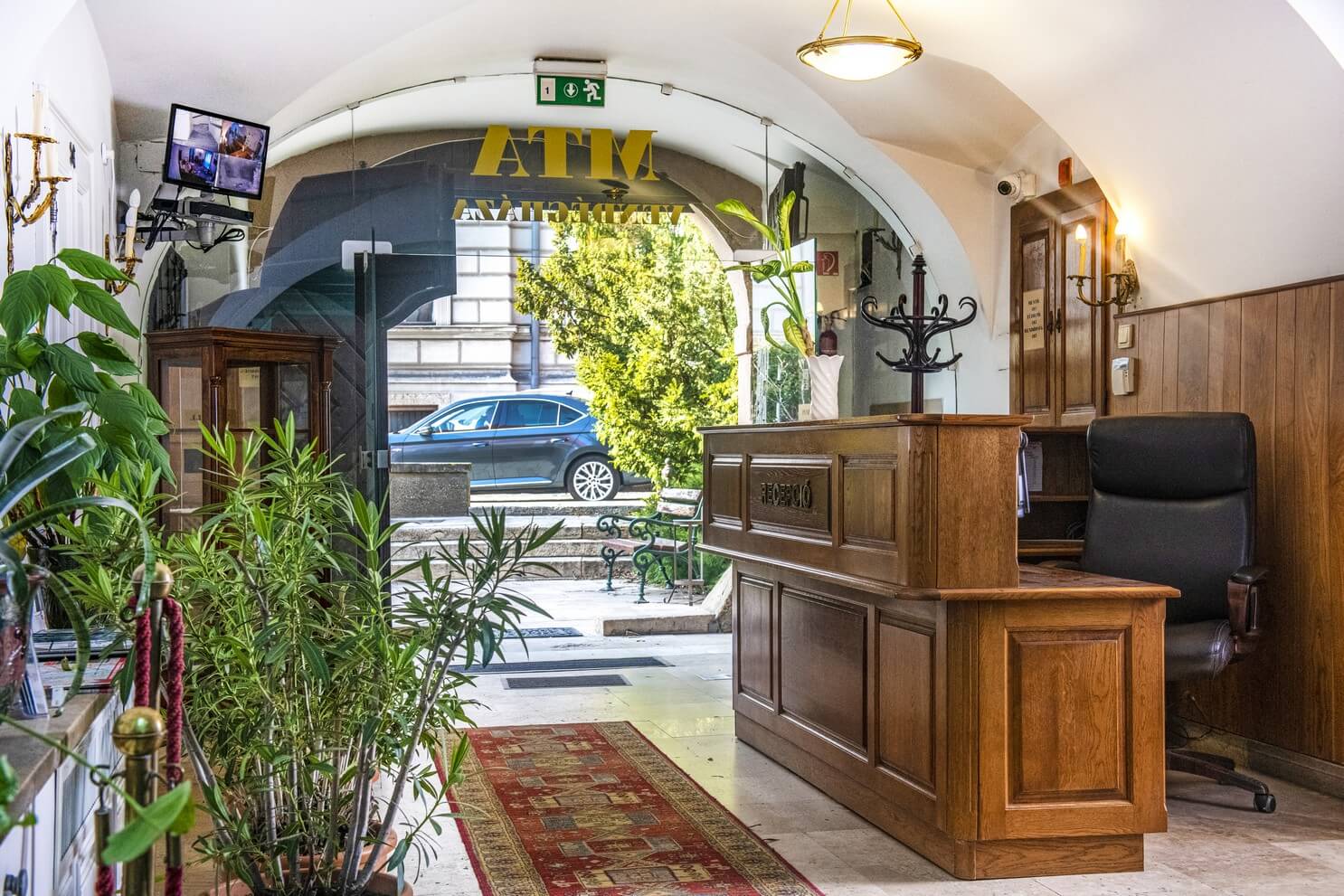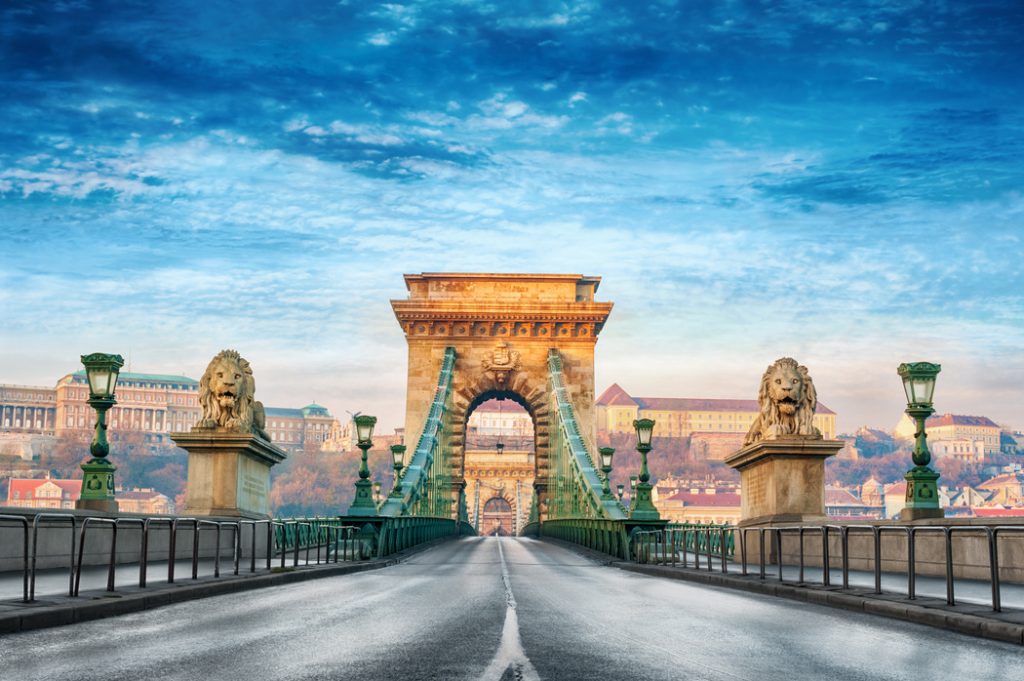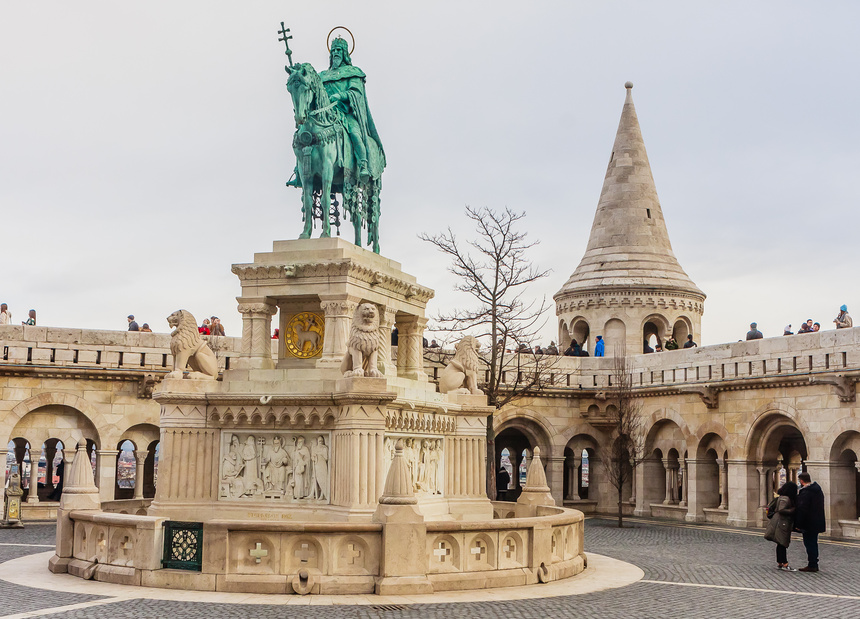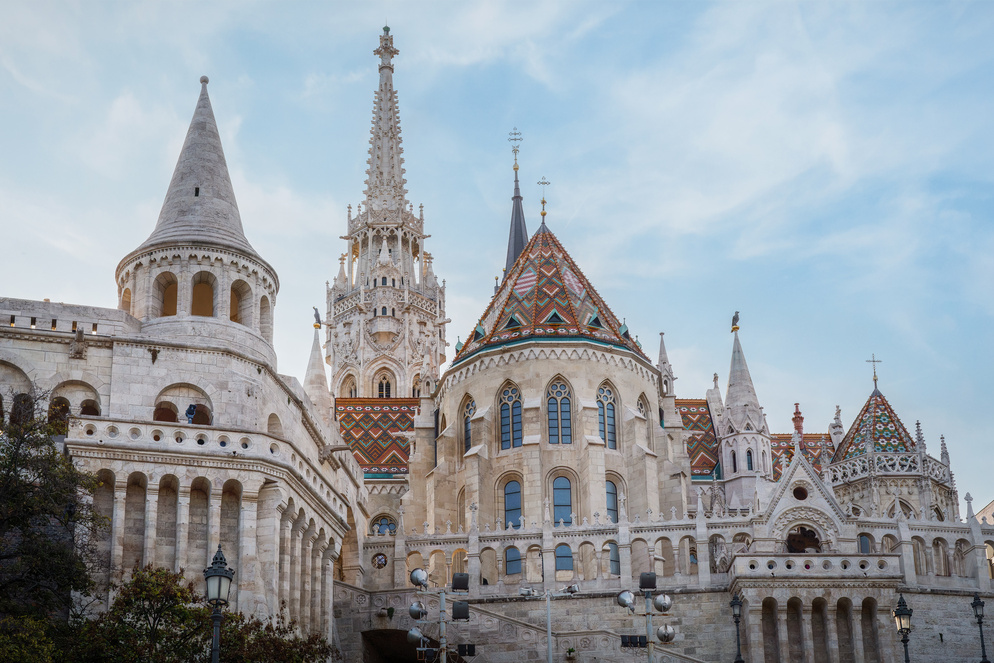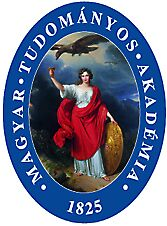In order to be officially designated a World Heritage Site, a site must be inscribed on the World Heritage Programme administered by the World Heritage Committee within UNESCO.
The programme aims to protect and register the cultural and natural heritage of humanity and was established on 16 November 1972.
Sites are first put on the nominative list and then the UNESCO World Heritage Committee decides once a year which of these sites will be inscribed on the World Heritage List. To date, 193 countries have signed the international treaty.
By signing the Convention, each State Party undertakes to protect and conserve for future generations the World Heritage sites on its territory and to contribute, to the extent possible, to the protection of sites inscribed on the World Heritage List.
(It is also possible to be removed from the list in case of non-compliance with the retention obligation.)
The assessment is carried out by two independent advisory bodies, ICOMOS (International Council on Monuments and Sites) and IUCN (International Union for Conservation of Nature). A third group of experts, ICCROM (International Centre for the Study of the Preservation and Restoration of Cultural Property), produces technical material on the conservation and restoration of protected sites.
World Heritage criteria
To become a World Heritage Site, a site must meet the selection criteria.
The criteria are laid down in the organisation’s rules of procedure, and are reviewed and amended by the World Heritage Committee. In total there are 6 criteria for cultural sites and 4 criteria for natural sites.
In 2005, the two previously separate sets of criteria were merged. To become a World Heritage Site, a nominated site must meet at least one of the ten criteria.
Buda Castle District – many beautiful buildings on the stunning banks of the Danube
1987. On 11 December 2007, the UNESCO World Heritage Committee officially inscribed Budapest’s Danube-side skyline and the Buda Castle District on the World Heritage List.
This honour is well deserved, as it is one of the most beautiful and romantic parts of the capital, with a rich historical heritage and a picturesque natural setting.
The Castle District is an eight-hundred-year-old part of the city and the country’s most important monumental complex.
Add to this the number of adversities that have managed to preserve it, and its priceless value is even greater: destroyed by earthquakes, fires, sieges and the fighting of the World War I-II., it has preserved its amazing medieval monuments to this day.
The Castle District of Buda, a part of the 1st district of Budapest is an ancient area of the city.
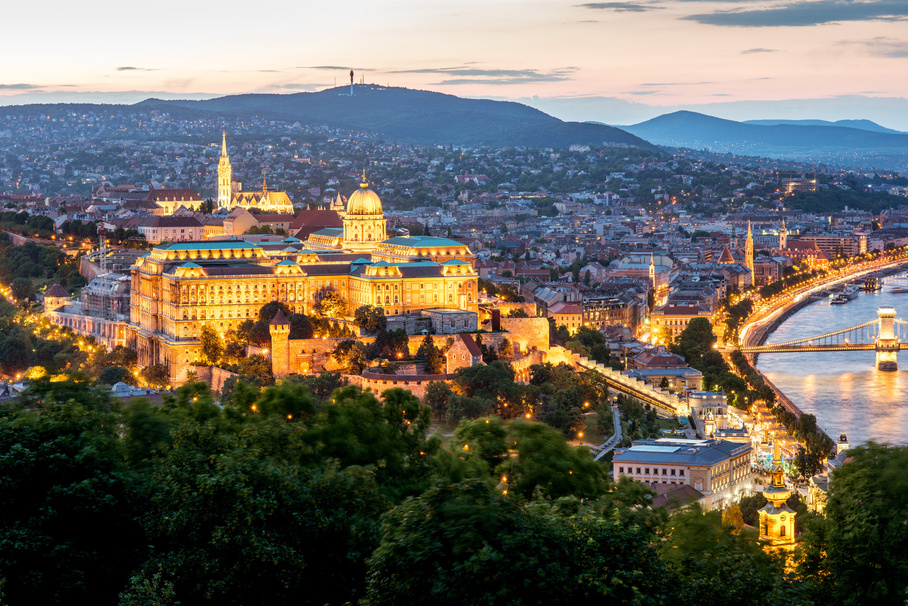
Situated at a height of about 60 metres above the Danube, the hill was a perfect strategic position, because of its geographic location.
King Béla of Hungary had the fortress built here after the Tartar invasion, when it was clearly proven that only this type of fortress could provide a meaningful defence against the most modern fighting technology and weaponry of the time.
Hunyadi Mátyás had already named it the capital of his kingdom.
It is the most popular tourist destination, mainly due to its exceptionally well-preserved cultural heritage.
This has been largely due to the fact that traffic has been severely restricted (partly through the introduction of tolls).
A special feature of the Castle District is that there are many century dwellings and public buildings from the 17th-18th century, as well as numerous monuments of medieval origin.
Its value is further enhanced, and we can appreciate even more the attractions that have survived intact throughout its turbulent history, if we note that the Castle District was almost completely destroyed twice (first during the reconquest of Buda in 1686, and then during the Second World War. during World War).
The district grew out of Buda’s old city centre, which now stretches from the Vienna Gate to St George’s Square.
Its main attractions (not exhaustive) are the Buda Castle, the Fisherman’s Bastion, the Matthias Church, the National Széchényi Library and the Palace of the President of the Republic of Hungary, the Sándor Palace. The Budavár funicular provides a link between the district and the Danube bank.
The World Heritage Site on the Banks of the Danube extends from Margaret Bridge to Liberty Bridge and, on the Buda side, also includes the historic complex of the Castle District.
Key sights: some buildings of the Technical University and the area enclosed by the Chain Bridge, the Gellért Baths, Gellért Hill with the Statue of Liberty and the Citadel, the Baroque churches and Turkish baths of the Water City – on the Buda side. On the Danube bank in Pest, the Parliament, Roosevelt Square, the Hungarian Academy of Sciences and Gresham Palace.
A prominent feature of the Castle District is the former royal castle and its outbuildings. It is home to a number of prestigious, world-famous cultural institutions; the Budapest History Museum, the Hungarian National Gallery and the National Library, named after its founder Ferenc Széchényi. Today, the Sándor Palace (in Hungarian: Sándor-palota) is the official residence and headquarters of the President of the Republic of Hungary.
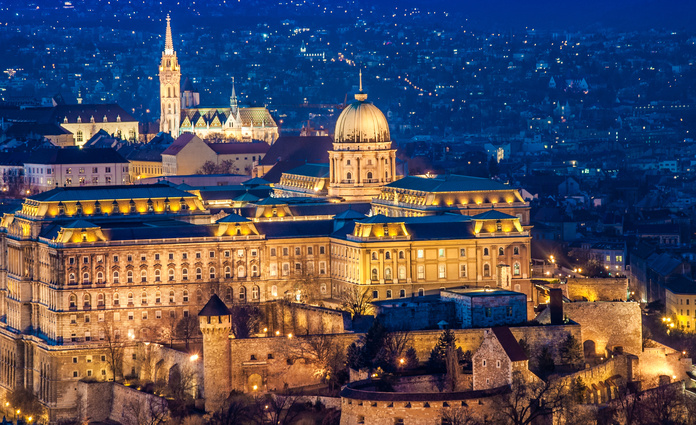
One of the capital’s most iconic buildings, the 700-year-old Matthias Church, which has been the site of several coronation ceremonies, is located on Trinity Square.
It is interesting to note that in 1541, when the Turks conquered Buda Castle, the church was converted into a mosque. It is also important to know that King Béla III. and his wife rest here in an ornate sarcophagus. King Béla and his wife.
The Fisherman’s Bastion, built on the site of the medieval castle wall, offers a magnificent panoramic view of the Danube. For tourists a little saturated with architectural and historical attractions, the Buda Castle labyrinth in the belly of the hill can be a great experience.
For an easy and in-depth look at all these historical and cultural legacies, it’s worth booking a room in our Academy Pension, as we are within easy reach of the World Heritage wonders of the Buda Castle District.
